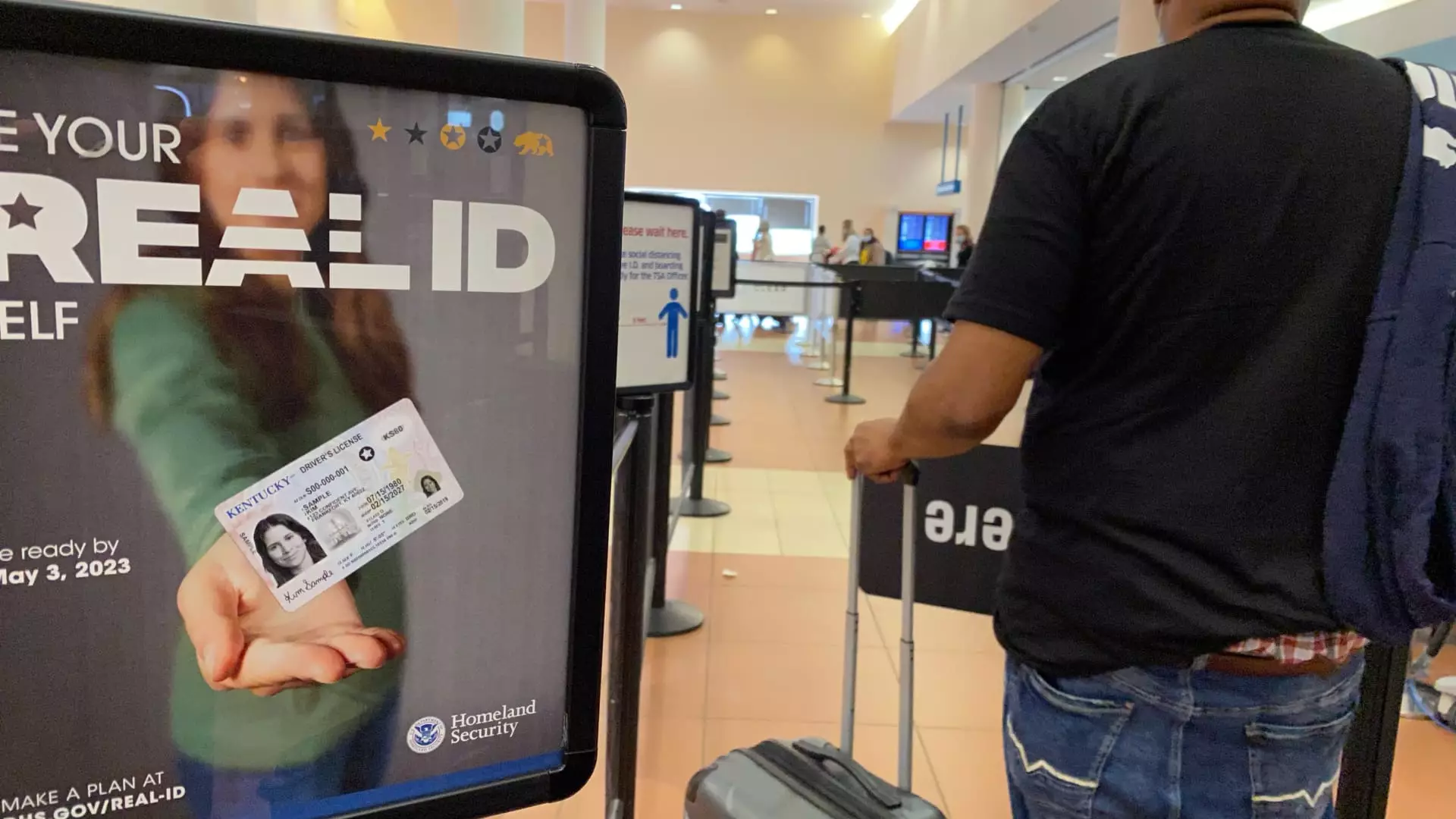If you’re planning to travel domestically in the U.S. after May 7, you must pay close attention to the new Real ID requirement. The federal government is finally taking these regulations seriously, which means that if you don’t have a Real ID-compliant license or another accepted form of ID (like a passport), you’re in for a frustrating experience at airport security. Given the previous delays and lack of urgency communicated to the public, many travelers may still be unprepared, putting their travel plans on the line. It’s astonishing how many people might still be uninformed, and that reflects poorly on both the officials involved and our collective responsibility to stay informed.
In a recent statistic, it was revealed that 81% of travelers already possess Real ID-compliant identification. This figure highlights the need for improved communication from officials to those in the remaining 19%. How do we allow this gap to exist when travel representation is a significant part of American life?
The Complication of Implementation
While officials like TSA’s John Essig are urging people to make appointments at their local motor vehicle departments, it’s absurd that people may face long waits or even unavailable slots as the deadline looms. The pressure isn’t just on individuals; it highlights broader systemic issues within government infrastructure and service adequacy. The Reals ID requirement was conceptualized back in 2005 due to 9/11, yet here we are, witnessing last-minute panic instead of a smooth rollout.
It’s baffling that the deadlines have repeatedly been pushed back, only resulting in complacency among the public. Shouldn’t it be a priority for travel and safety officials to ensure clear communication and proactive measures well ahead of time? Instead, we’re playing catch-up, scrambling as the deadline fast approaches.
An Unmotivated Public and Uninspiring Messaging
Signage at airports has existed for years, but are QR codes and flyers really sufficient? Are they compelling enough in the age of information overload? Most of us surf through news, advertisements, and social media notifications, barely absorbing anything. The TSA’s strategy to engage is overly simplistic for such a crucial issue. A more robust and multi-faceted communication strategy is essential to ensure everyone is adequately informed.
Moreover, airlines have sent out reminders, but how effective have those emails been? Are people actually reading them, or are they lost in the sea of digital correspondence? It begs the question: why has the government not adopted more engaging forms of outreach? Why not implement visual reminders throughout public transport systems and major hotels that discuss the Real ID’s significance and urge passengers to get compliant?
A Critical View on Passenger Safety Measures
One of the focal points of the Real ID regulation revolves around enhancing passenger security — an obviously essential goal post-9/11. However, as someone who values civil liberties, one might argue the alarming extent to which personal freedoms are being compromised for “safety.” The narrative that identity verification is imperative for national security sometimes veers into paranoia, where the general populace feels as though they are being continuously scrutinized and harassed instead of protected.
The TSA’s current stance is to prepare for an increase in “additional screening” if travelers arrive without Real ID. Is this really a solution, or merely a coercive tactic to ensure compliance? All this clamor about terror threats conveniently sidelines the genuine inconveniences it imposes on ordinary citizens seeking to board flights — a stark contrast to the idea of making travel more accessible and hassle-free.
Exploring Alternatives: The Passports and Enhanced IDs
For those unable or unwilling to comply with the Real ID by the May deadline, there are alternatives, such as passports and enhanced IDs. However, even these options carry burdens — not everyone has the time or means to obtain a passport before travel. For instance, the costs and time associated with acquiring a passport can be prohibitive, especially for working-class citizens who may not have the luxury of flexible work schedules.
The troubling reality is that a well-intentioned law aimed at enhancing safety may inadvertently exclude segments of the population who are less privileged or the least well-informed. The irony isn’t lost that the very measures designed to streamline travel could become barriers for many.
It remains to be seen whether the government will follow through on its commitments once this deadline passes. For now, the responsibility lies with you, the traveler, but isn’t it time for authorities to lift some of that weight off our shoulders?

